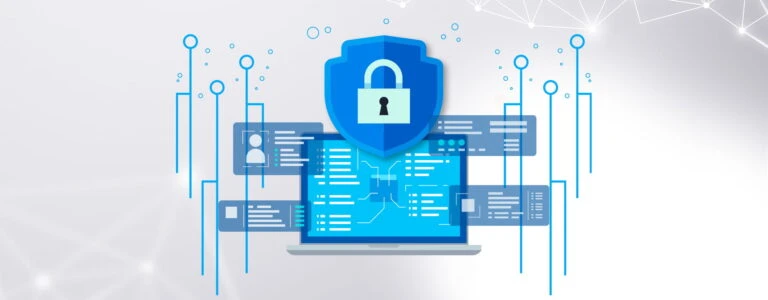


In the dynamic landscape of data-driven decision-making, maintaining high-quality data is the key to success or failure. However, ensuring the integrity of your data can be a daunting challenge, especially as it moves through various stages in your data ecosystem. To address this challenge, the Global IDs DataVerse has emerged to not only provide users with a profound data lifecycle observability tool to visualize how data changes as it moves but also to identify the root cause of quality anomalies to prevent reoccurrence. In this blog post, I will explore the game-changing impact of DataVerse to improve data quality, operational efficiency and the ability to observe how data evolves during its lifecycle.
Data Observability has been revolutionized with the introduction of a cutting-edge tool that offers real-time data change tracking. DataVerse allows users to monitor data as it moves through various stages, providing deep insights into how data changes and potentially degrades in real time.
With DataVerse, data is continuously monitored as it traverses through pipelines, databases, and systems. Real-time tracking means that issues can be detected and addressed at the very moment they occur, preventing data quality degradation.
DataVerse offers a comprehensive view of data lineage, showing how data moves from source to target. This enables users to trace back to the source of the issue, identify the scope of the issue, and understand the scale of impact to downstream processes and decisions.

Metadata management is the process of organizing and centralizing metadata from different data sources.

The uninterrupted flow of data is crucial for decision-making, customer satisfaction, and overall operational success.

The visualization of any relationship in the data is sometimes branded as “data lineage.”

Businesses need to record data movements through metadata discovery on a regular basis.

Global IDs has learned that to infer semantics, it is necessary to analyze actual data content — the data values in columns.

Global IDs helps visualize data lineage, enabling all employees to make the most of it.